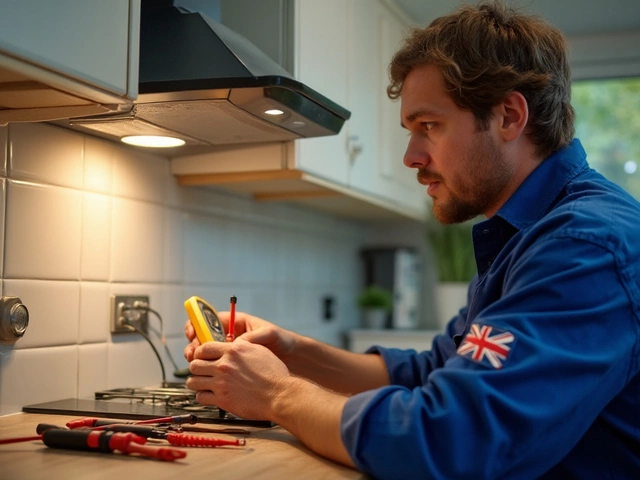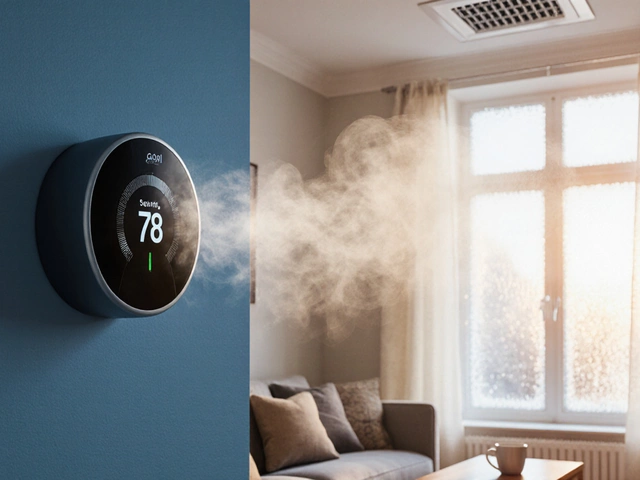Fix Fan: Simple Steps to Get Your Extractor Working Again
If your kitchen or bathroom fan is humming, rattling, or not turning on at all, you don’t need to panic. Most fan issues are caused by a few easy‑to‑check problems, and you can often sort them out with basic tools. Below we walk through the most common reasons fans fail and what you can do before you call a repair service.
Identify the Symptom
First, ask yourself what the fan is actually doing. Is it silent, but the motor spins when you press the switch? Does it make a rattling sound but no airflow? Or does it just refuse to start? Pinpointing the symptom narrows the possible causes and saves you time.
A silent fan usually means a power issue – a blown fuse, tripped breaker, or loose wiring. A noisy fan often points to a dirty blade, loose mounting, or a worn bearing. No airflow despite a running motor often means a blocked vent or a broken fan blade.
Quick DIY Fixes
1. Reset Power – Turn off the breaker for the fan, wait a minute, then switch it back on. Check the switch and any wall‑mounted controls for corrosion. A simple reset can revive a motor that’s stalled.
2. Clean the Fan – Remove the cover (usually a few screws) and wipe away grease and dust. A buildup of grime can unbalance the blades and cause rattling. While you’re in there, check the blade for cracks and replace if needed.
3. Lubricate Bearings – Some fans have oil ports on the motor shaft. A few drops of light machine oil can quiet a squeaky motor. If the fan still sounds rough after oiling, the bearing may be worn out and the motor will need replacement.
4. Check the Fan Switch – Use a multimeter to test continuity. If the switch shows no continuity when turned on, replace it. Switches are cheap and swapping them yourself is straightforward.
5. Unblock the Duct – A blocked vent reduces airflow and makes the motor work harder. Detach the duct, clear any debris, and reconnect securely.
When to Call a Professional
If you’ve tried the steps above and the fan still won’t run, it’s likely a motor failure or wiring problem. Trying to fix internal motor windings without proper training can be dangerous. A qualified technician can test the motor’s resistance, replace it safely, and ensure the wiring meets UK electrical standards.
Also, if you notice a burning smell, sparks, or any sign of water ingress, shut the fan off immediately and call an electrician. These are clear signs of a serious issue that needs expert attention.
Regular maintenance can keep fans running for years. Clean the vent and fan cover every six months, tighten any loose screws, and listen for new noises. A quick check each season will catch problems before they turn into costly repairs.
In summary, most fan problems are solvable with a bit of cleaning, lubrication, and basic electrical checks. Keep a screwdriver, a soft brush, and a bottle of light oil handy, and you’ll extend the life of your extractor fan without breaking the bank. When in doubt, safe‑first‑practice means calling a professional electrician who knows the local codes.






